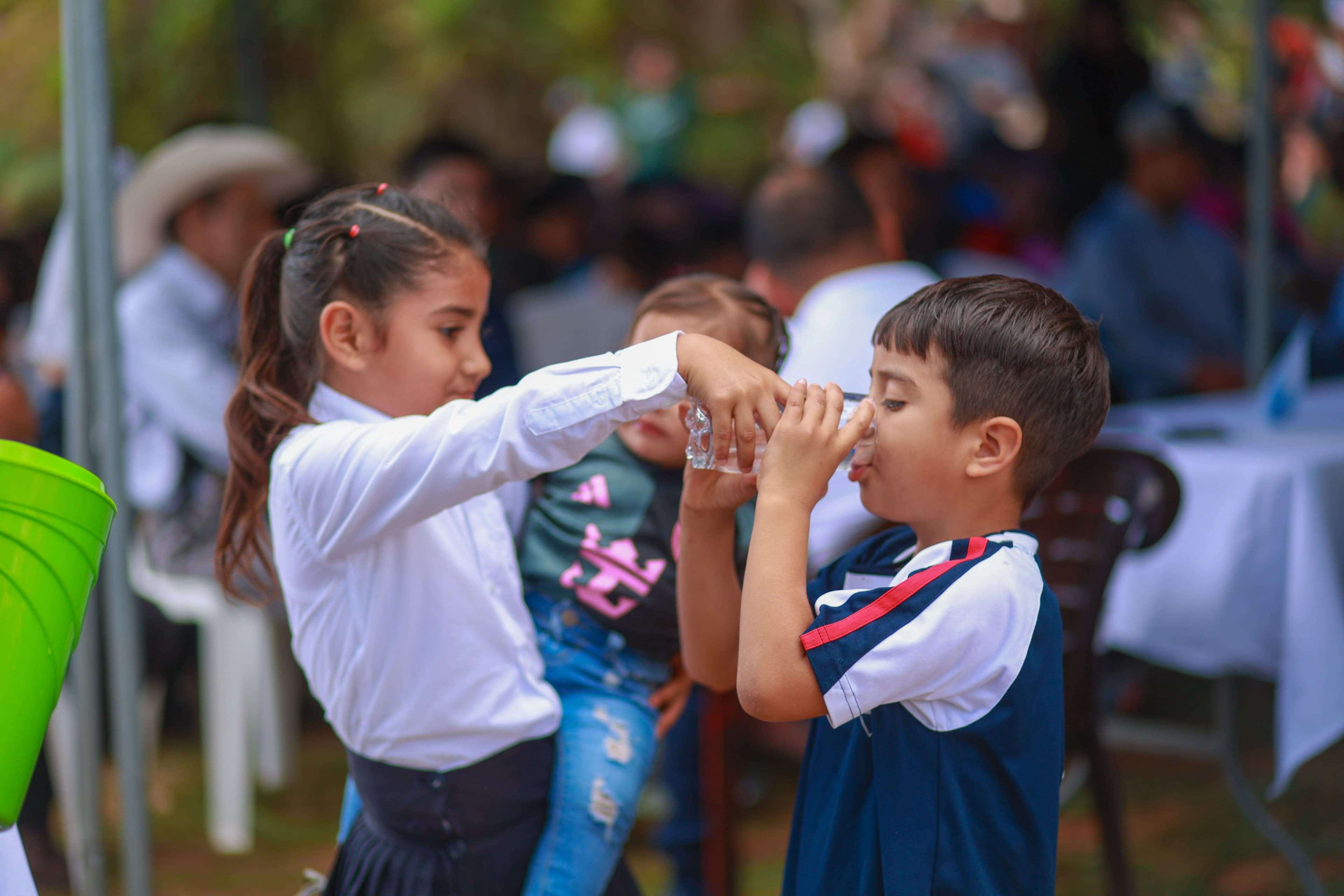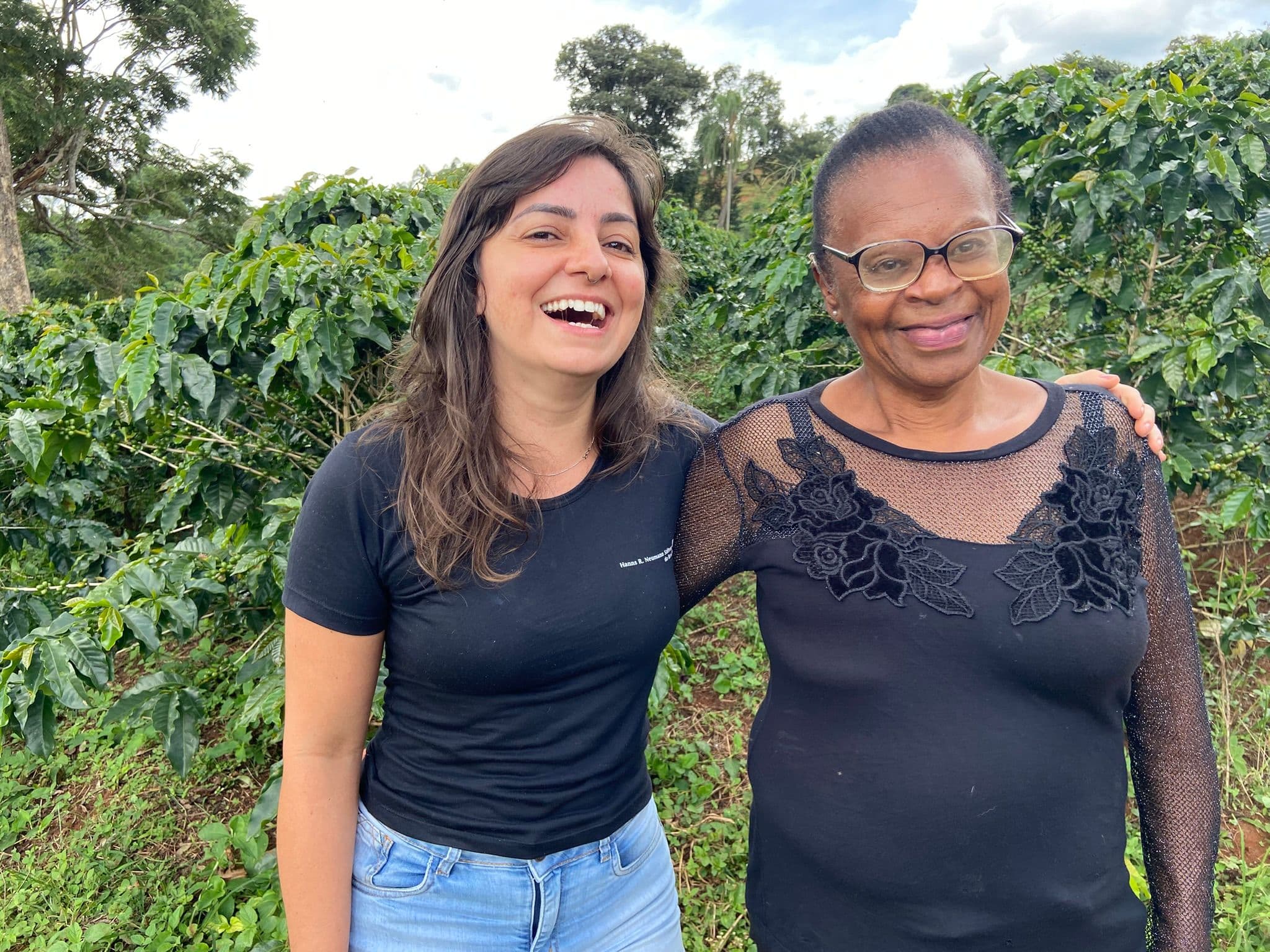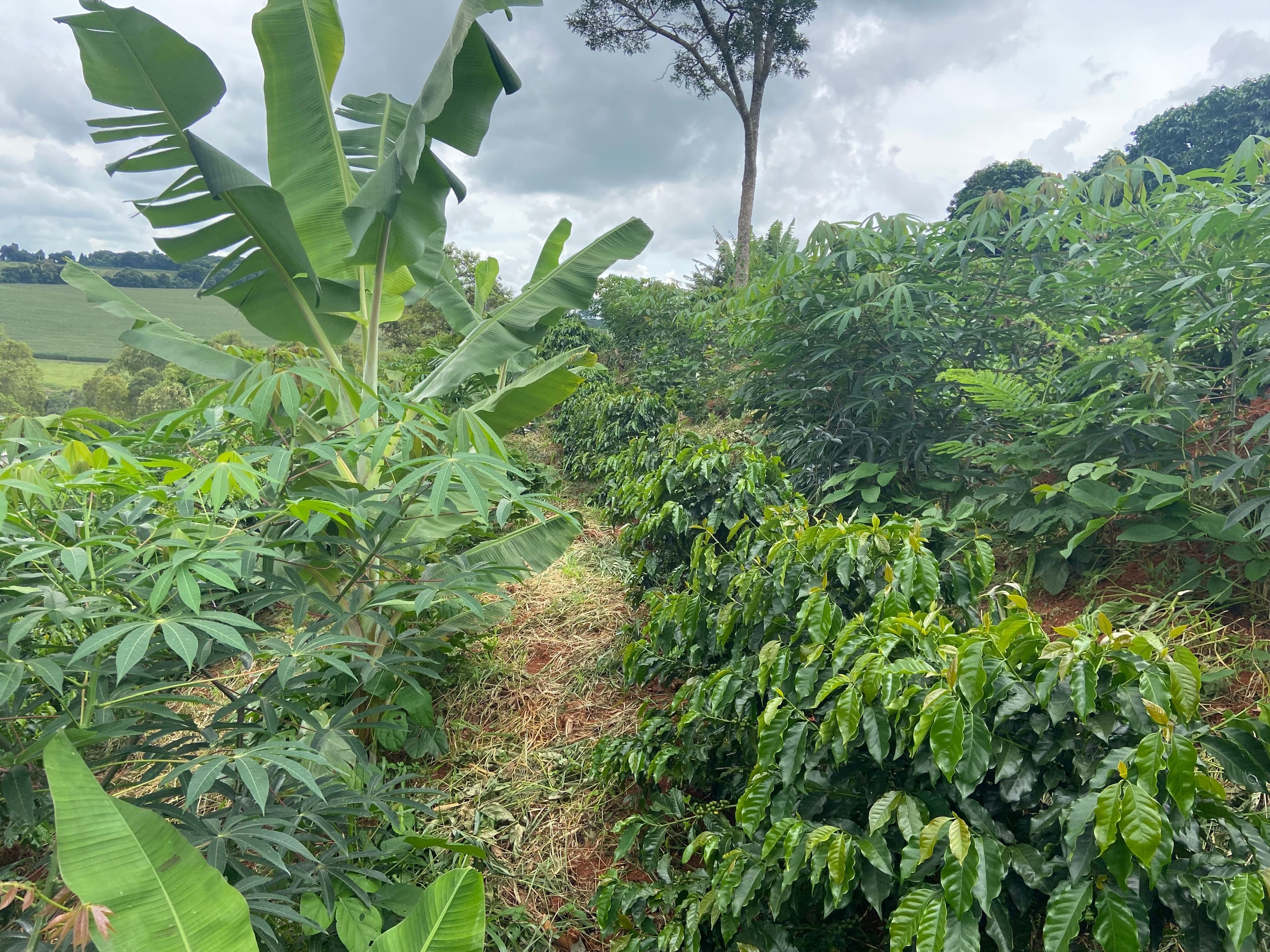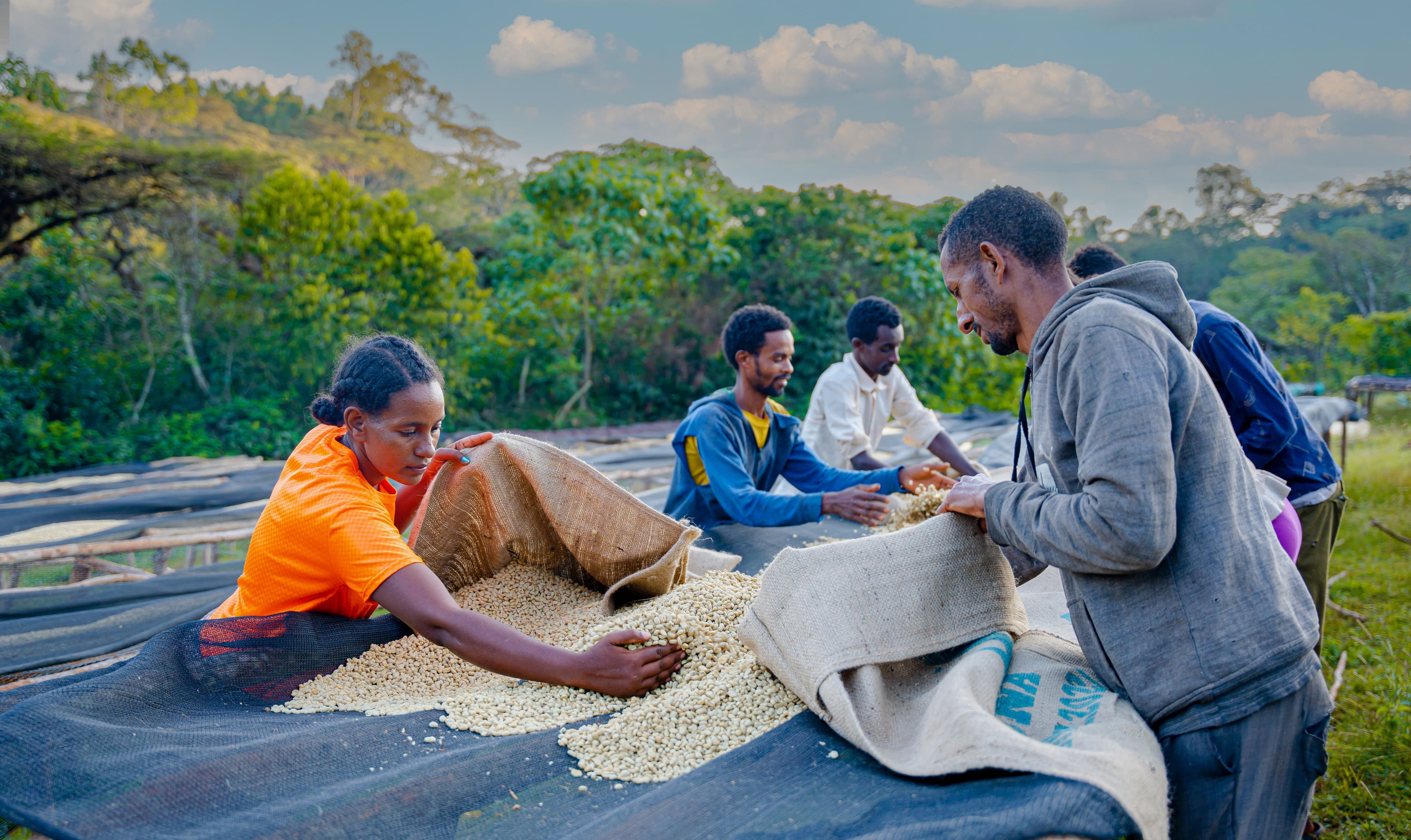Putting People First: The Impact of Participatory Monitoring & Evaluation on Sustainable Development in Uganda

Monitoring & Evaluation (M&E) is a central component of development projects, but it often works "extractively", meaning extracting the data from farmers in the field for complex internal analysis, reporting and interpretation at the office. The advantage is that it works fast and efficiently for the management and donors but without really including the perspectives of those who provide the data and could interpret it best.In contrast, Participatory M&E integrates participatory components to ensure that M&E processes are more inclusive, reflect local needs and realities, and allow all involved stakeholders to learn from the evidence. Hanns R. Neumann Stiftung (HRNS) has adopted this approach to a smallholder project in Uganda— with interesting results.
About Participatory Monitoring & Evaluation
M&E is used in development cooperation to assess a project's or program's progress towards its targets. A variety of data is collected and analyzed to determine whether project goals are being met, resources are being used effectively, or adjustments need to be made.
Participatory Monitoring and Evaluation (PM&E) is an evolution of this approach: While M&E is a more technical and often top-down approach, in which experts evaluate a project away from the project site, PM&E actively involves stakeholders, such as smallholder farmers, government staff, intermediary organizations, farmer trainers, and cooperative leaders in all steps. Stakeholders participate in monitoring and evaluation at different levels of the project, share control over content, and participate in identifying results and corrective actions. In this way, this approach recognizes the importance of involving the perspectives of those directly affected by projects.
PM&E at the Hanns R. Neumann Stiftung
In the interest of the Foundation's Theory of Change, which emphasizes participatory approaches, the Foundation decided to strengthen PM&E in its own work. HRNS first developed a comprehensive PM&E tool, which was then tested on a small scale in two projects. After further adaptation of the tool, PM&E was eventually adopted on a larger scale in the International Coffee Partners (ICP) and coffee&climate projects in Uganda, involving 5.000 smallholder coffee farming households.
The HRNS PM&E tool involves four steps:
- Adapting the tool: Once HRNS has identified all relevant stakeholders, it presents the PM&E tool to them and adapts it to their needs in an interactive process. In particular, stakeholders discuss and agree on the objectives and indicators of the PM&E process, how it will be carried out and by whom. For this purpose, the tool is simplified and translated into the local language.
- Gathering data: In addition to standard surveys, PM&E includes a variety of participatory learning methods: On a regular basis, the PM&E participants, i.e., farmers and facilitators from HRNS, meet and visit several randomly selected farms. In small groups, they walk through the fields, assess specific issues (e.g. good agricultural practices, gender), and discuss them with the entire farm household. Ideally, all project participants are visited as the project progresses.
- Analyzing data: In contrast to classical M&E, the analysis of the data in the PM&E process is also organized in a participatory manner. Already on site, PM&E participants coordinate results, discuss them with the farmer being assessed, consult the farming family and agree on future actions. “In this way, we provide on-spot capacity building to the household to address key gaps”, explains Victor Komakech, Climate Change Coordinator at HRNS in Uganda, and experienced PM&E expert. In addition, the HRNS team further consolidates the results and presents them to the stakeholders on an annual basis.
- Sharing the information: HRNS organizes focus group discussions with all farmers whose farms have been assessed to gain a deeper understanding of the findings and to agree on corrective actions, which are addressed not only to the project beneficiaries but also to the Foundation. This cycle is repeated quarterly for cooperative leaders, etc., and consolidated annually by the HRNS M&E team.
Why PM&E can be useful
The interactive and participatory approach has many potential benefits. By ensuring that project stakeholders are not just a source of information, but active participants, PM&E can
- increase the transparency and reliability of the project and its results,
- promote ownership and trust in the project, the process, and its results,
- build stakeholder capacity in self-assessment and collective learning,
- increase motivation and commitment,and thus the likelihood that interventions are adopted,
- increase social cohesion in the community, and
- provide the opportunity for immediate feedback and ideas for corrective action.
As a result, PM&E can ultimately lead to more effective and sustainable development outcomes
Learnings from the adoption of PM&E in Uganda
“We found that these potential benefits actually materialized when we applied the PM&E approach in Uganda”, says Komakech. In fact, the current project produced better results than previous projects that did not use this approach. “In most cases, the adoption rate of good agricultural practices in our previous projects was always below 50%, but with the PM&E approach, the adoption rate has exceeded 60%”, explains Komakech. It is also noteworthy that similar results were obtained from both the traditional M&E surveys and the PM&E tool, demonstrating the objectivity of farmers and other stakeholders during the PM&E process.Only a few biases have occurred.
However, the implementation in Uganda has revealed some limitations to this approach as well.First and foremost, the method requires a lot of additional resources: It is very time-consuming and labor-intensive for all stakeholders as well as for the organizers and therefore expensive to implement.For example, a qualified facilitator must be in charge of the implementation process.If the process is not wellmanaged, it can be dominated by strong voices.
This means that the enormous benefits come at significant costs, and it is important to balance the two carefully. “The learning effects for farmers through mutual visits and evaluations are enormous, but this only works if the conditions are right”, concludes Ehrich. Specifically, sufficient funding and staff, a certain culture of openness, and short distances between individual farmers are needed. The method is therefore difficult to implement in regions and projects where these conditions do not exist (e.g. where funding is limited, or farmers live far away from each other).In the case of the Uganda project, however, “the benefits far outweigh the challenges”, Komakech says.
HRNS' vision for PM&E
Based on the positive experience in Uganda, HRNS would like to extend the PM&E approach to all of its projects.However, due to different circumstances in different projects and countries, the PM&E tool cannot be applied 1:1 to all projects. Instead, it needs to be further developed and interim solutions for different contexts, such as focus group discussions with subgroups of farmers, need to be found.Certainly, an advantage of the tool is that it is flexible and can be adapted to different contexts. For example, HRNS has already developed a similar approach to assess the performance of farmer organizations in Uganda, Tanzania, Ethiopia and Indonesia in a participatory manner—with very positive results.



